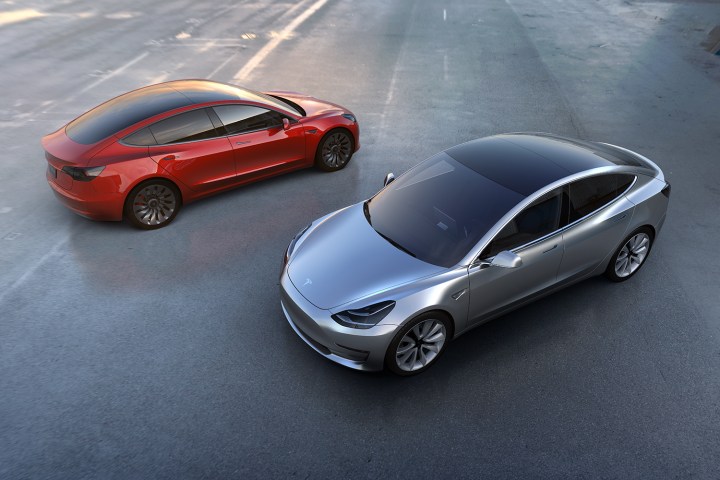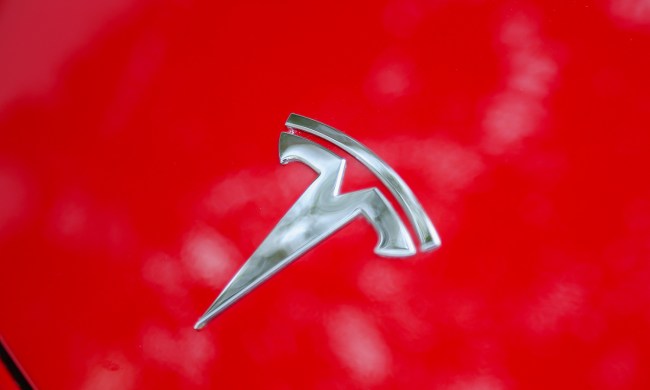
It called for the nascent company to start with a low-volume electric car, and then use the money it earned to gradually develop less-expensive cars that would sell in higher numbers, all while providing solar power on a significant scale. A decade later, Tesla is close to meeting most of those goals — Musk felt it was time to draft another “master plan.”
Released in a blog post as Tesla faces multiple investigations over a fatal crash involving its Autopilot system and questions over whether it can fill 400,000 reservations for its upcoming Model 3 in a timely fashion, Musk’s followup is nonetheless ambitious. It calls for widespread adoption of solar power and home energy storage, a full lineup of electric cars, and self-driving cars that owners can rent out when they aren’t using them.
Here’s exactly what Musk has in mind.
Musk announced plans last month to have Tesla buy SolarCity, which he also controls. He did not elaborate on how the merger of the two companies would be accomplished in his blog post, but said the goal was better integration of solar power and Tesla’s Powerwall energy-storage battery packs. It makes sense: Energy storage allows customers to make better use of solar power by collecting it for times when the sun isn’t shining.
Right now, Tesla makes the Model S sedan and the Model X SUV, with the smaller Model 3 sedan on the way. But Musk wants the company’s lineup to encompass “the major forms of terrestrial transport.” Beyond the Model 3, he said Tesla will offer a compact SUV and a pickup truck. It will also branch out into the realm of commercial vehicles.
Musk said a prototype “Tesla Semi” will be unveiled next year, along with an autonomous bus. Previously described by Musk, the bus can be summoned by riders using smartphones or with buttons at traditional bus stops. Tesla will try to cram more seats in than current buses can hold, allowing more commuters to leave their cars at home. The bus will also be able to autonomously match the acceleration and braking of the cars around it, smoothing out traffic flow, Musk said.
In the meantime, though, Tesla must meet Musk’s existing goal of producing 500,000 cars per year by 2018. To do that, Musk said the carmaker will focus on “the machine that makes the machine.” Tesla will seek a “5 to 10 fold improvement” on roughly a two-year iteration cycle. That will be achieved with version three of Tesla’s manufacturing machine, while the version that will produce the first Model 3 is considered version 0.5, Musk said.
In a nod to critics of Tesla’s Autopilot system, Musk said the software, when used correctly, is “already significantly safer than a person driving by themselves.” He also defended the “beta” label used by Tesla since the system was launched last year. Autopilot is only a beta product because it isn’t 10 times safer than a human driver. Musk said. When it is, the beta label will be removed, he added.
When that happens, and regulators approve self-driving cars for public roads, Musk envisions a future where Tesla owners add their cars to a shared fleet, where they can be rented out when not needed, and remotely summoned when they are. Most cars are only used by their owners 5 to 10 percent of the day, Musk noted, and claiming this sharing scheme would put them to more productive use. Tesla will also operate its own fleet in areas where there are not enough customer-owned cars, he said.
It’s an ambitious plan, but 10 years ago no one thought a tiny company from Silicon Valley could challenge the automotive establishment with electric cars. We’ll see if Tesla’s next 10 years are as successful as its first.


